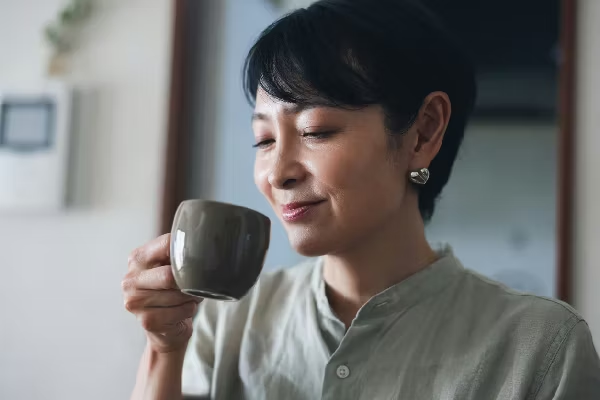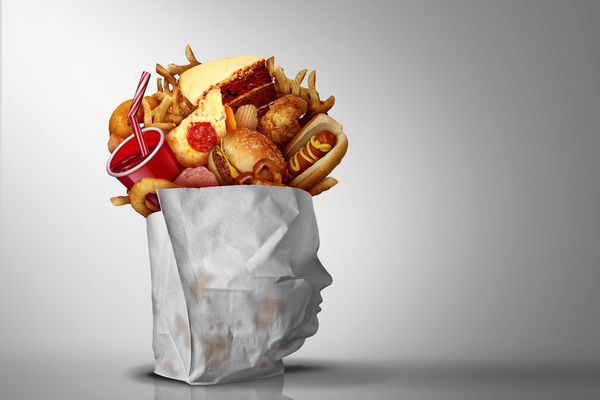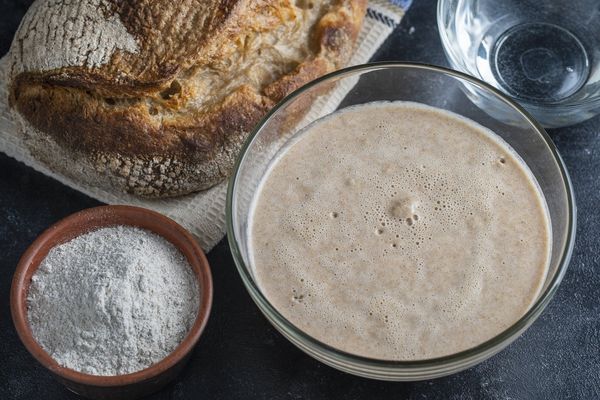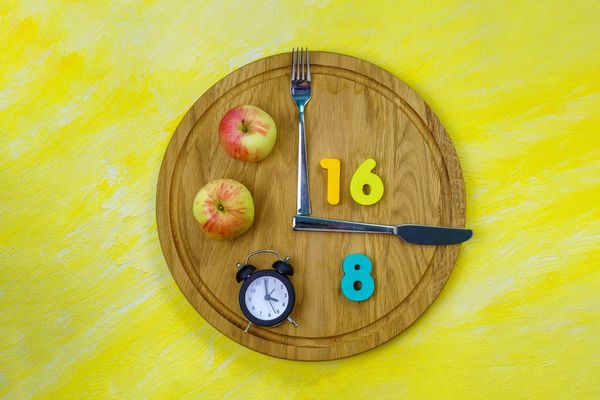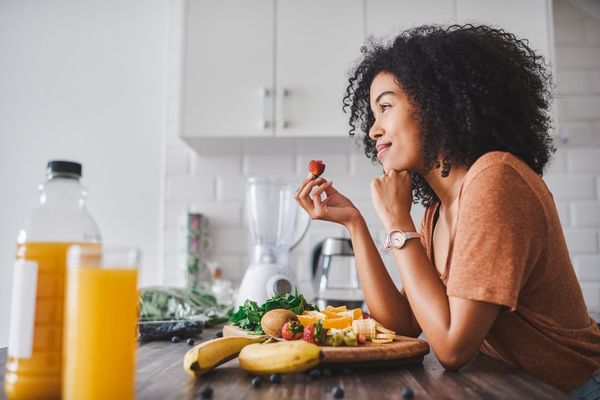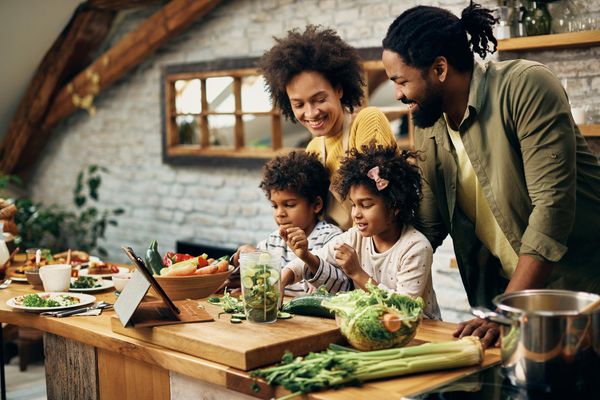Sick of the same old grains at dinner? How about skipping the pasta and rice and opting for a healthier alternative like quinoa. One of my favorite side dishes, quinoa (pronounced keen-wah) is a gluten-free amino acid-rich (protein) seed that has a fluffy texture and a somewhat nutty flavor when cooked. A relative of leafy green vegetables like spinach and Swiss chard, the "grain" was once considered "the gold of the Incas," who believed it gave them strength and stamina.
Perfect for people like myself who don't eat a lot of meat, quinoa offers a complete protein, meaning that it includes all nine essential amino acids, among many other nutrients including fiber, magnesium and iron. It's been said to help relieve postmenopausal symptoms and migraines, regulate blood sugar and increase heart health. So, why not make it a staple in your diet?
Here are my tips for cooking quinoa and easily incorporating it into meals:
-Wash it thoroughly to remove the outer coating of saponin
-Make in bulk on Sunday and reheat it throughout the week (for instance, today I threw some cooked quinoa in a can of veggie soup to bulk it up a bit)
-To bring out a nuttier flavor (before adding liquid) toast in a pan with a bit of olive oil until golden
-For added flavor, cook it in chicken or vegetable broth (2 cups broth to 1 of quinoa), then just add some spices, scallions and chopped veggies for a simple side
-Replace rice or couscous as a side or base
-Use it in soups with your favorite veggies. Add it uncooked to the broth and let simmer for about 15 minutes, or use leftovers and cook just till it's heated
- For a great side salad: cook and let it cool, then add diced veggies like peppers, scallions or carrots, some nuts and seeds (walnuts work well), dried berries, spices like parsley, basil or cilantro and a little lemon juice and olive oil. I always like to finish it off with a bit of feta cheese...yum!
-Try Quinoa flakes with boiling water to replace oatmeal in the morning. Add some honey, cinnamon and raisins (or berries) to sweeten it up a bit

quinoa-737330.jpg

